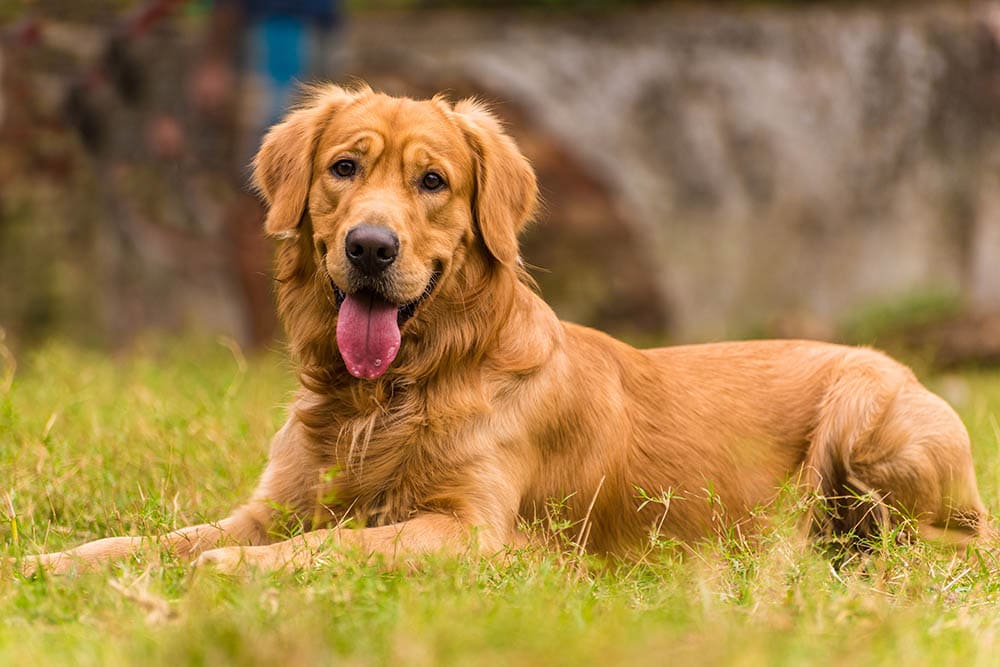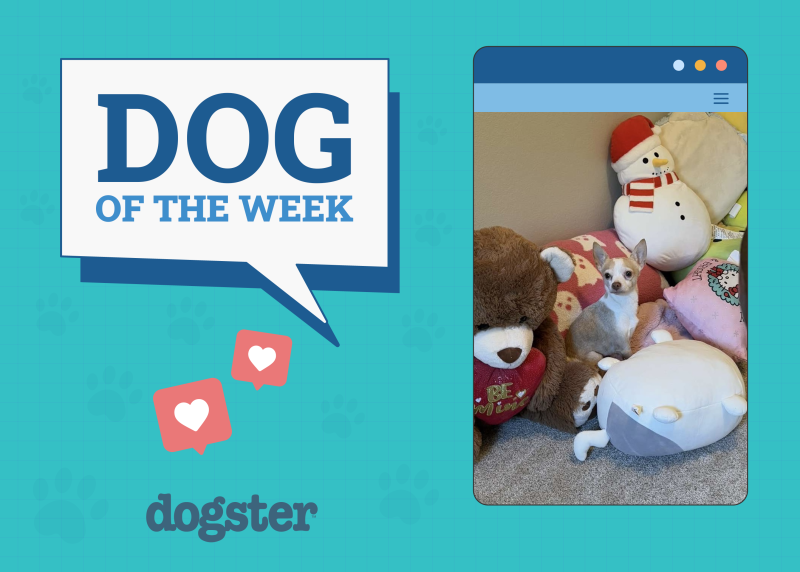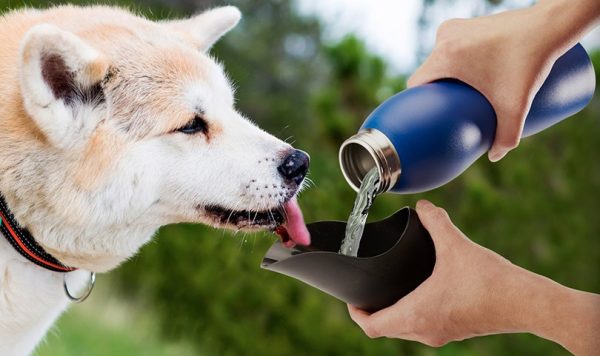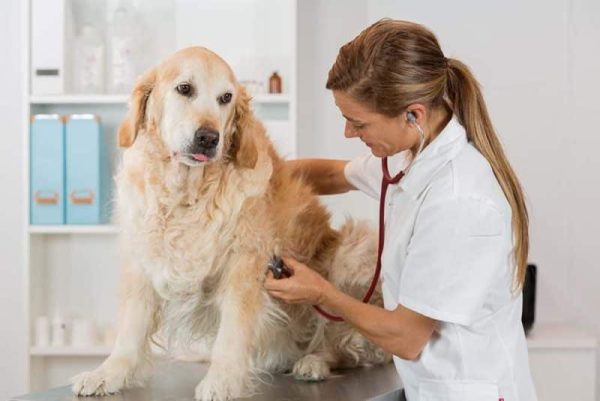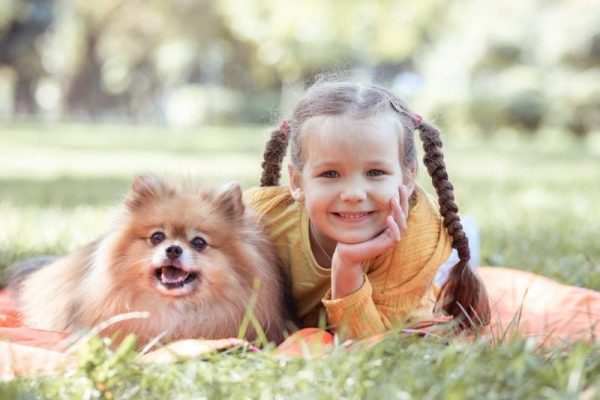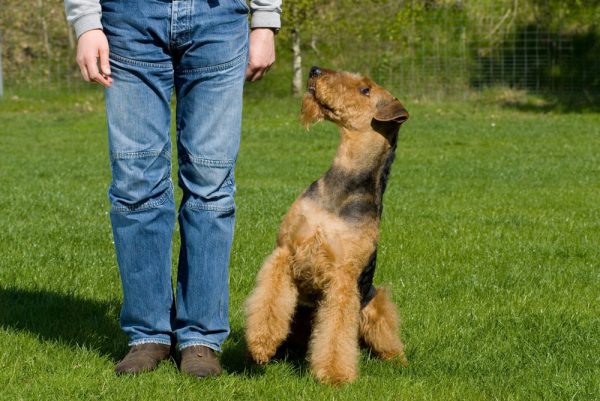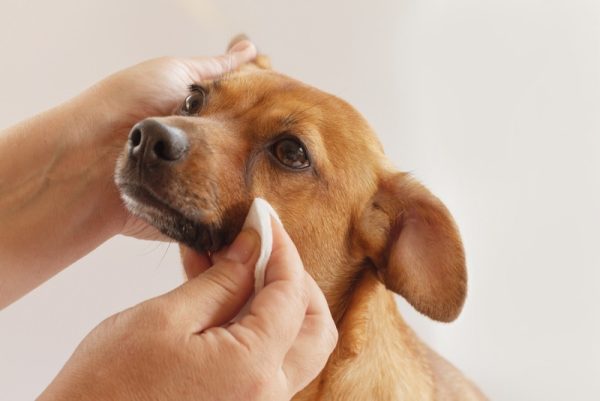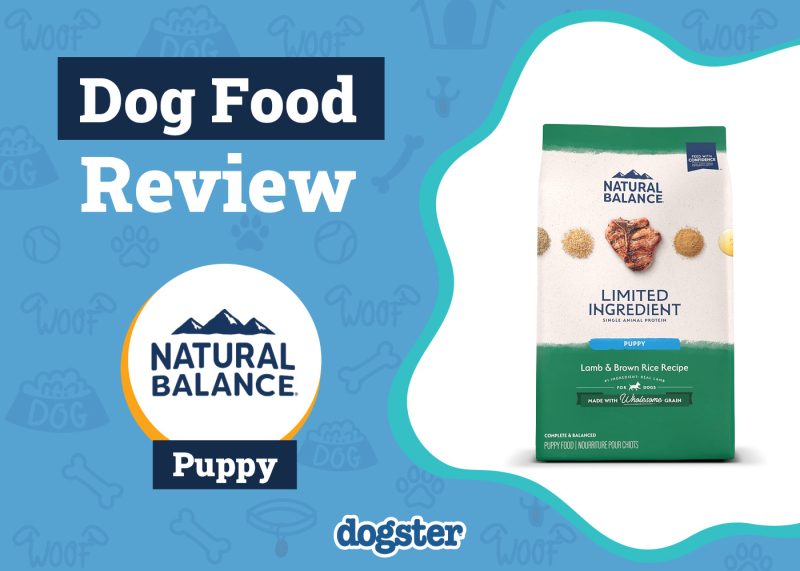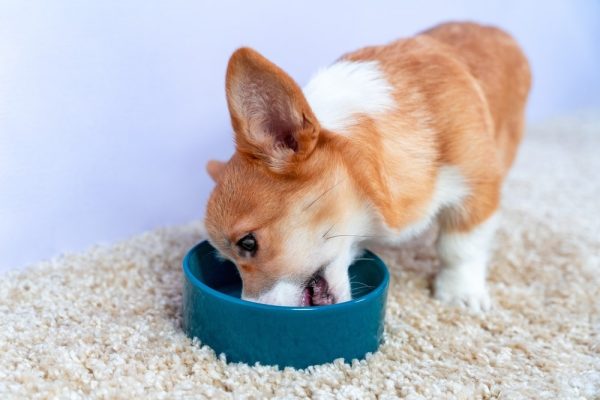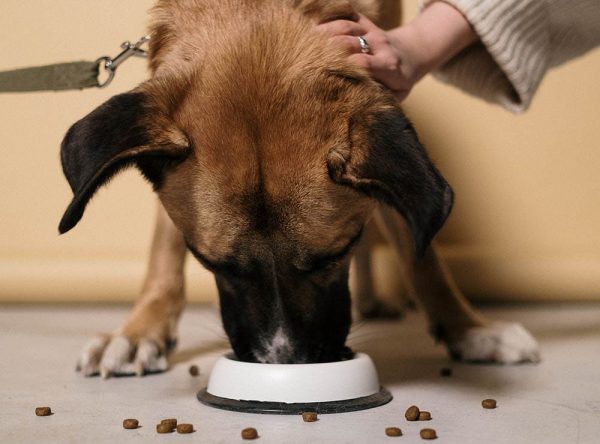Enrichment is essential for dogs of all ages, but it is especially important for improving a senior dog’s quality of life.
When a dog reaches their senior years, you may notice how they begin to slow down, their cognitive function might start declining, and they don’t prioritize exercise. Enrichment is essential for a senior dog’s mental and physical health, just as it is for younger dogs. If your senior dog hasn’t seen a check-up recently, we recommend a veterinary visit. Diseases like arthritis, cognitive decline, and dental disease shouldn’t be written off as old age, as there are treatments that can improve your dog’s capabilities and quality of life.
You might believe that allowing your senior dog to rest all day is better for them, but below, we’ll outline why proper enrichment is vital to their health.

The 10 Great Ideas for Senior Dog Enrichment
1. Short Walks

The best enrichment for senior dogs is short, slow walks when the weather is favorable. It offers both mental and physical enrichment and encourages them to stay active.
You might have lost the motivation to walk your senior dog because of how slow they are and how they struggle to keep up with your walking speed. However, that doesn’t mean walks aren’t the right enrichment for them. Instead, you can adjust the walks to accommodate their walking speed and comfort.
Keep the walks short and follow a route that isn’t difficult for your senior dog to walk through. You will likely have to follow your senior dog during the walk rather than vice versa to match their speed.
Encourage your senior dog to sniff around during the walk, as this can make it a more exciting experience for them. Always prioritize your senior dog’s safety and keep them on a secure leash even if they seem too slow to run off.
2. Snuffle Mats
Snuffle mats are a great way to make feeding time fun for your senior dog. They are flat and contain strips of fabric usually in different colors and sizes. You can hide your senior dog’s food in between the fabric strips so that they have to sniff it out and maneuver their mouth to get it.
Kibble is usually used in snuffle mats, as wet foods don’t work well and will make the snuffle mat dirty. If you don’t want to use their main food in the snuffle mat, you could use small treats instead. Once your senior dog gets the hang of using a snuffle mat, they may even start enjoying feeding time more than usual.
3. Treat Foraging Games
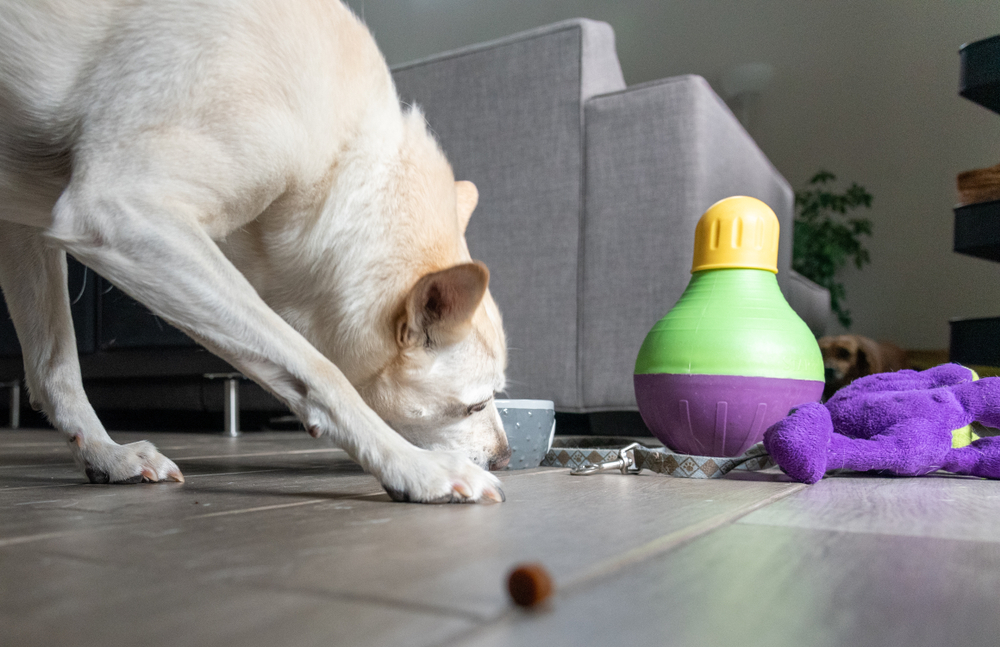
Many senior dogs will enjoy treat foraging games because it involves food. All you need to do is hide various healthy treats around the home or garden and let your senior dog sniff them out and forage for them. You can get creative with how you hide the treats, although you don’t want to make it too challenging for your senior dog to find. The treats can be hidden under pillows, toys, shoes, or even in flower beds.
You ideally want to use healthy treats for this enrichment game, such as chopped pieces of carrots or blueberries. This is because you will be hiding multiple treats for your senior dog to forage, and it wouldn’t be healthy to use too many regular dog treats. However, you could break up one to two regular dog treats and hide the pieces instead of hiding the entire treat.
4. Food-Dispensing Toys
Food-dispensing toys are types of dog toys where food can be placed inside and dispensed when moved around. These toys usually have small holes or slits where the food can dispense from. Senior dogs will need to move the dispensing toy around to get to the food.
This is great for senior dogs who tend to eat their food too quickly if it is offered in a bowl. Furthermore, it provides them with mental stimulation and makes them have to work for their food.
5. Swimming
Many senior dogs won’t be able to do high-impact exercises because of their aging bodies and reduced energy levels. Aside from slow walks, swimming is a low-impact exercise for senior dogs. Swimming is a great way for senior dogs to keep active to build muscle and endurance. Plus, swimming provides them with mental stimulation to keep them enriched.
Senior dogs with arthritis may tolerate swimming as an exercise better than walking as it doesn’t put too much strain on their joints. It’s important to follow the necessary safety precautions when allowing your senior dog to swim. They should always wear a canine life jacket and swim in safe areas or places that offer hydrotherapy for dogs.
It is best to ask a veterinarian if your senior dog will benefit from swimming as a low-impact exercise. Swimming isn’t a good idea for senior dogs who have a fear of water, have seizures, are prone to ear infections, or have recently undergone surgery.
If you need to speak with a vet but can't get to one, head over to PangoVet. It's our online service where you can talk to a vet online and get the advice you need for your pet — all at an affordable price!

6. Soft Ball Fetch
If your senior dog is frail or has dental issues that make catching and holding a normal ball in their mouth, then a softball is a good alternative. These types of balls are made of plush material, making them lightweight and less likely to hurt senior dogs during a game of fetch.
Most senior dogs won’t have much difficulty retrieving a plush ball and can easily hold it in their mouth. Senior dogs who used to love playing fetch when they were younger can still play the game once more.
If your senior dog is particularly frail, then rolling the softball a short distance for them to retrieve is better than throwing it.
7. Treat Puzzles

Treat puzzles are toys that contain treats that dogs need to solve puzzles to find. They help keep a senior dog’s mind active using food as motivation. Treat puzzle toys encourage senior dogs to problem-solve and provide mental stimulation to reduce boredom.
Senior dogs will also be rewarded when they receive the treat they worked for, which can make them feel eager to solve the next puzzle for another treat. Treat puzzle toys are available in different designs, sizes, and difficulty levels, so most senior dogs can use them.
8. Chew Toys
Chewing is an enriching activity for dogs of all ages. However, senior dogs with dental disease might not be able to chew normal dog toys because it is too hard for their teeth and gums. Fortunately, there are chew toys designed to be gentle on teeth and gums.
These chew toys don’t only have to be chewed but can function as toys that can be used for a game of fetch or interactive play. Plus, softer toys are usually much lighter than traditional dog chew toys and can easily be carried around in a senior dog’s mouth.
9. Scatter Feeding
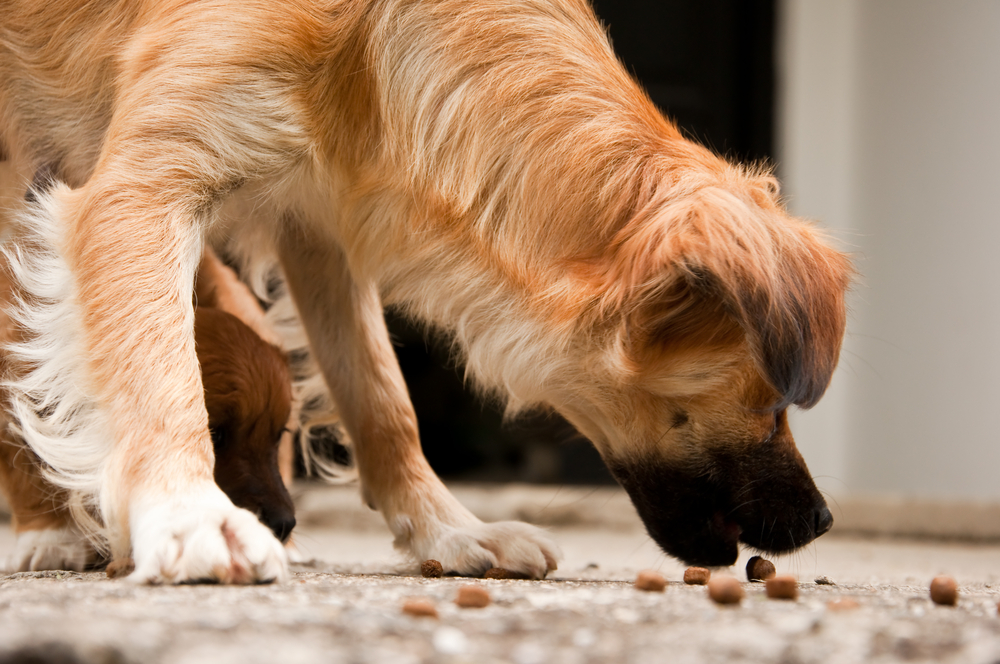
If you are looking for a creative way to feed your senior dog without using snuffle mats or dispensing toys, then scatter feeding is an alternative. Scatter feeding refers to scattering your dog’s food around so that they have to forage for it. You can scatter the food over the floor or in the garden to make feeding time interesting for them.
You don’t need to scatter the food too far apart, as you want to ensure that your senior dog has a chance to eat all the food. Scatter feeding works best with kibble or freeze-dried foods. You can also scatter-feed chopped vegetables and fruits to your senior dog.
10. Obstacle Courses
Obstacle courses have several benefits for senior dogs. They offer senior dogs both mental and physical exercise which is great for enrichment and keeping them active. The obstacle course you set up for a senior dog will differ from an agility course meant for younger canines.
Most of the things you need to create a senior-friendly obstacle course for your dog are already in your home. This includes pillows, washing baskets, ropes, and curtain rods. You can line up the pillows with gaps in between each one that your senior dog can move through like hurdles.
A curtain rod can be placed through two upside-down washing baskets to create a mini jump for your senior dog. The height is adjustable but ideally kept low, so your senior dog doesn’t have to jump very far. If you don’t have a curtain rod, you could try tying a rope between the baskets. Food can be used to motivate your senior dog to complete the obstacle course.

Conclusion
Senior dogs need enrichment to keep them healthy and happy. Their enrichment needs to offer them both mental and physical stimulation to improve their cognitive function and mobility. Senior dogs can partake in many of the same activities as younger dogs, although you usually need to customize it to avoid putting strain on their bodies.
Toys, walking, swimming, and foraging activities are ideal enrichment for senior dogs.
Featured Image Credit: Neelsky, Shutterstock
